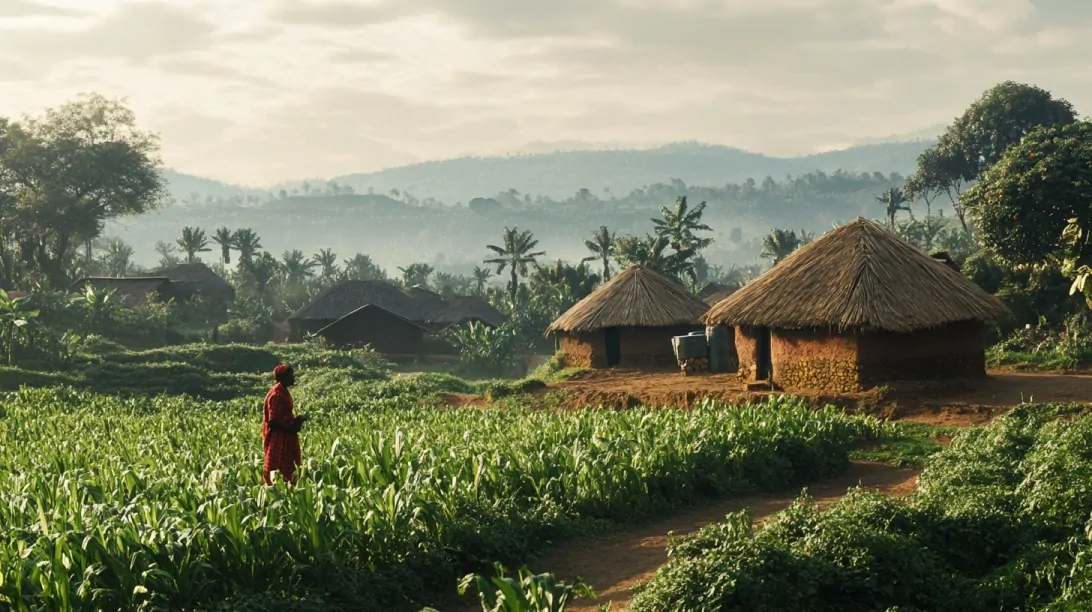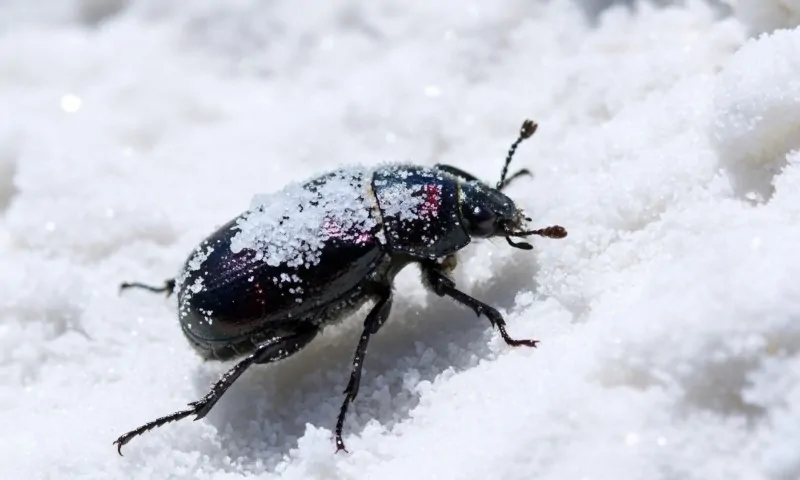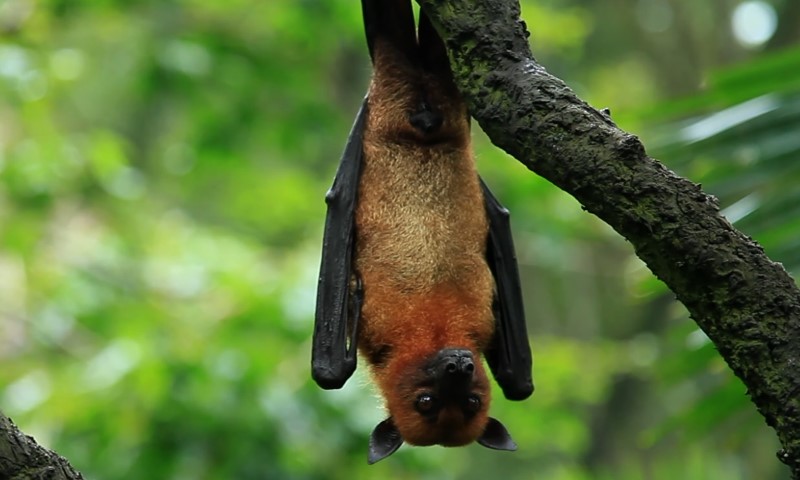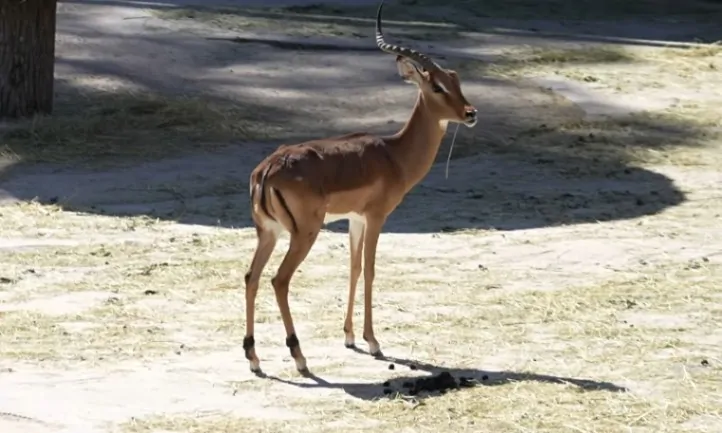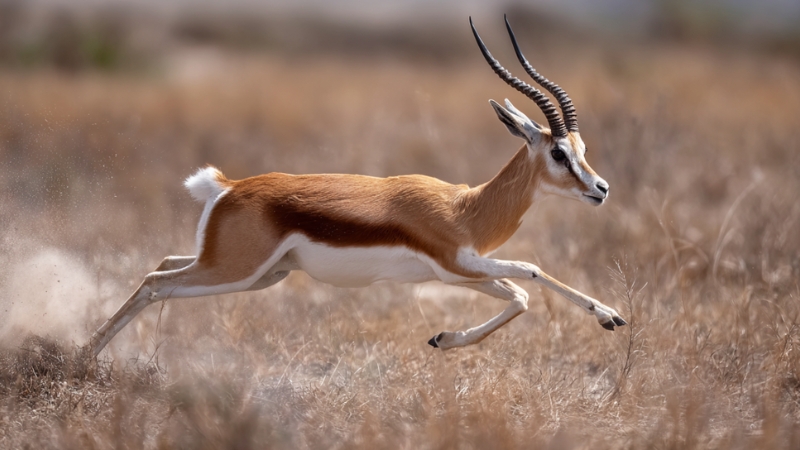Uganda’s farmers are no strangers to weeds. They creep in quietly, take over fast, and before you know it—your beans, maize, or pastures are gasping for air.
If you’ve spent time on a farm anywhere in Uganda—from the lush fields of Mbarara to the drylands in Karamoja—you’ve probably bent over at some point, cursing Blackjack or yanking out Wandering Jew with muddy hands.
This isn’t a textbook rundown. This is for the people who are in the soil, day in and day out.
Let’s walk through what you’re likely to see in your fields, and what you can actually do about it.
A Quick Look At Common Ugandan Weeds
| Weed Name | Type | Key Features | Typical Habitat | Control Methods |
|---|---|---|---|---|
| Blackjack (Bidens pilosa) | Annual | Serrated leaves, yellow daisy-like flowers | Sunny, disturbed fields | Manual weeding, 2,4-D |
| Wandering Jew (Commelina benghalensis) | Annual | Oval glossy leaves, tiny blue flowers | Moist, shaded areas | Manual removal, glyphosate |
| Digitaria abyssinica | Annual grass | Flat, hairy leaves, spike-like seed heads | Maize fields, compacted soils | Manual weeding, selective herbicides |
| Nutsedge (Cyperus rotundus) | Perennial | Triangular stems, nut-like tubers | Wet, poorly drained soils | Manual, chemical, improved drainage |
| Prosopis spp. | Woody invasive | Thorny branches, small yellow flowers | Drylands, semi-arid regions | Cutting, burning, herbicides, biocontrol |
| Lantana camara | Woody invasive | Colorful flower clusters (red, orange, yellow) | Grasslands, disturbed areas | Biological agents, cutting, herbicides |
The Main Troublemakers
1. Blackjack (Bidens pilosa)
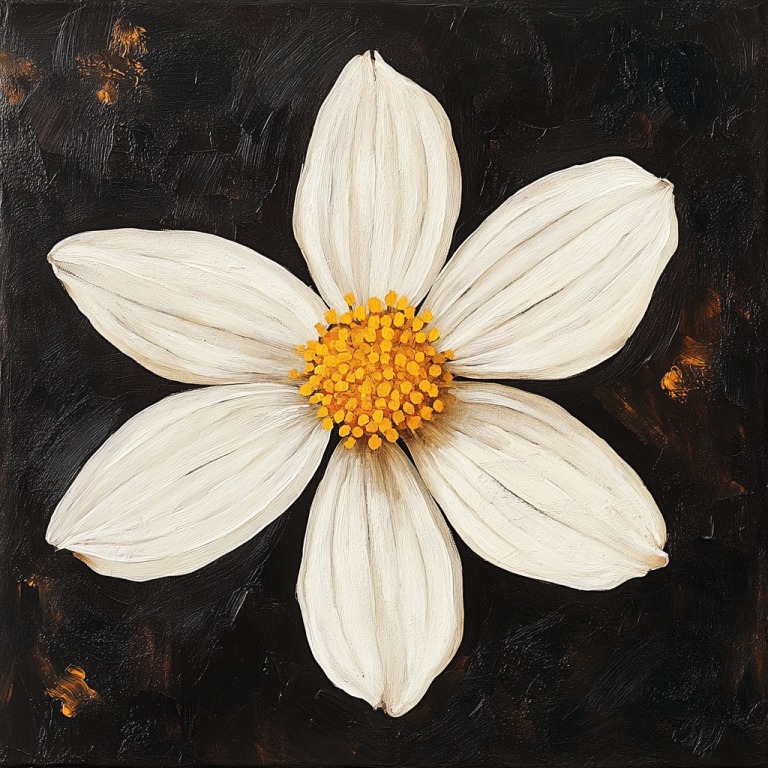
Blackjack has always been a nuisance in sunny fields. You’ll see it with serrated, triangular leaves and those small daisy-like yellow flowers.
It grows fast in disturbed soils, which is a fancy way of saying it pops up anywhere you’ve loosened the ground—even slightly.
Traditional bean farms in Uganda often get overrun by this weed if it’s not handled early.
- A quick tip: Whenever I see those bright yellow petals poking through the soil, I grab my hoe right away, because if left alone, Blackjack sets seed like nobody’s business.
2. Wandering Jew (Commelina benghalensis)
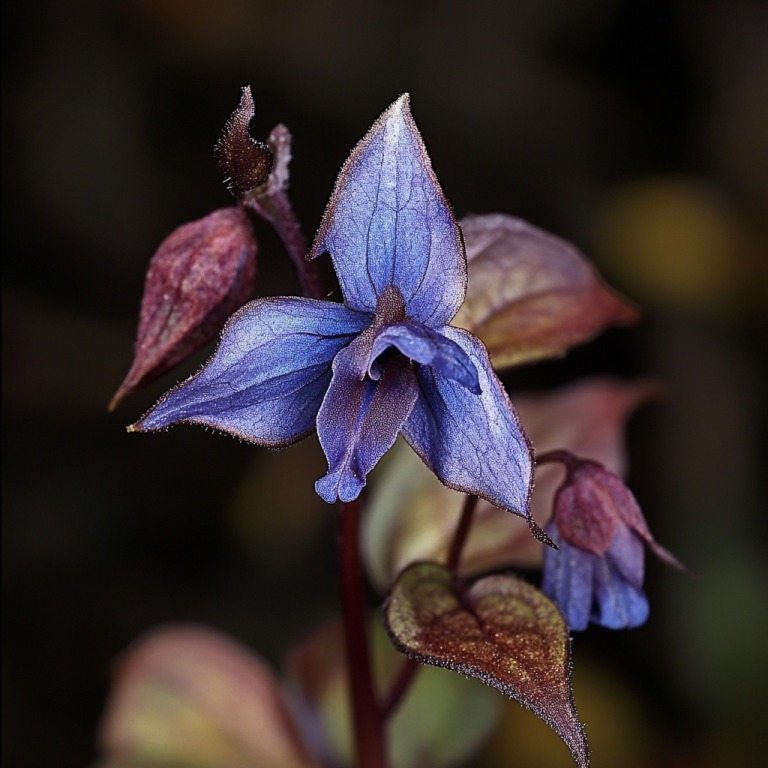
This weed is all about moisture. Its glossy, oval leaves and tiny blue flowers look almost too pretty to be a problem—until it spreads across damp, shaded patches and forms thick mats.
When I worked in a small banana patch in central Uganda, I found this weed thriving under the canopy. It loves that bit of shade and can quickly overtake the understory if you’re not vigilant.
3. Digitaria abyssinica
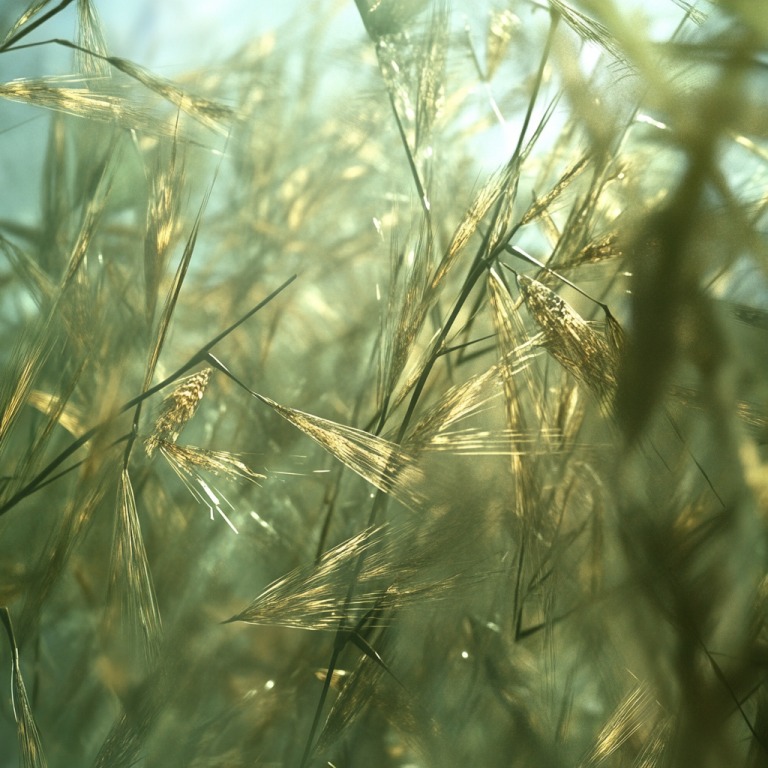
Sometimes called “African couch grass,” this is a well-known pest in maize fields. The leaves are flat and can be a bit hairy, with spike-like seed heads that wave in the wind.
Maize, especially in early growth stages, doesn’t stand a chance against a heavy infestation of Digitaria. It competes fiercely for water and nutrients.
I remember a farmer from Masindi complaining that once this grass gets a strong foothold, you need a serious game plan—manual weeding plus consistent follow-up—to keep it in check.
4. Nutsedge (Cyperus rotundus)
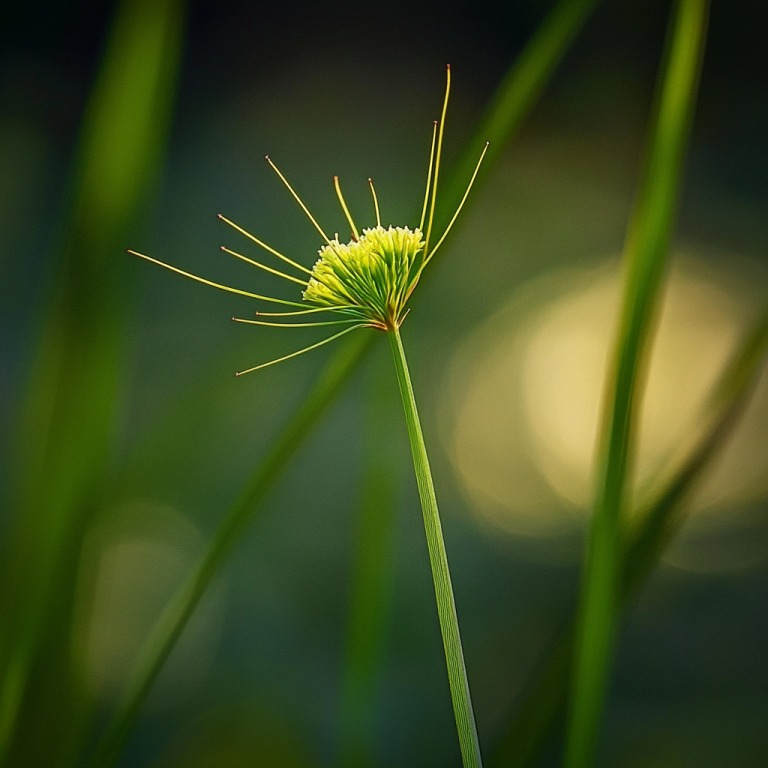
Ever come across triangular stems that feel kind of waxy to the touch? That’s probably Nutsedge. This plant is notorious for its nut-like tubers hidden underground, which can regrow even if you pull out the main shoot.
Nutsedge thrives in wet, poorly drained soils—rice fields, swampy patches, or anywhere water lingers after rains.
In my experience, it’s best to combine manual removal with something that discourages regrowth, such as improved drainage or a strategic herbicide approach.
5. Prosopis spp.
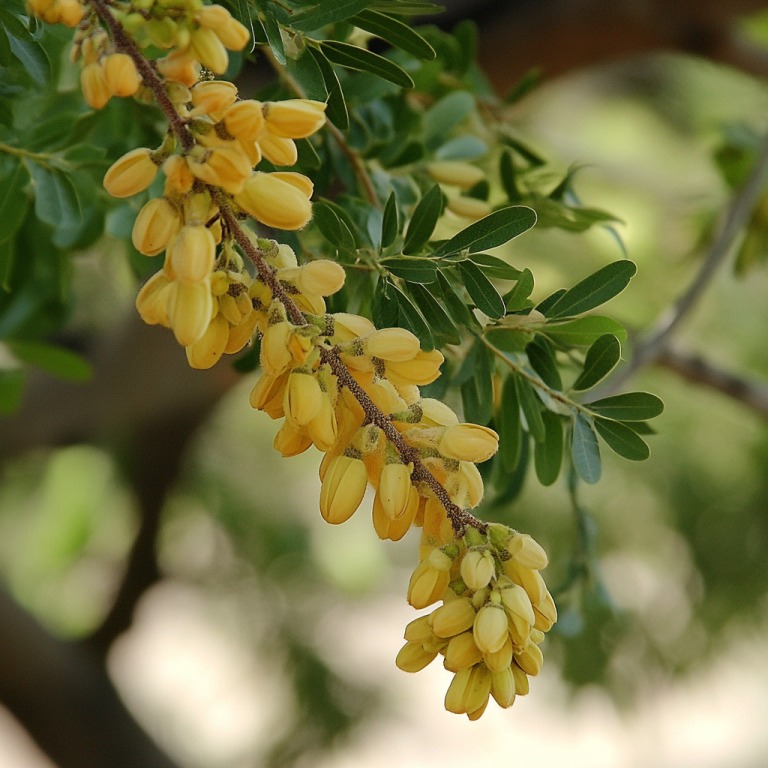
Now, Prosopis is a woody invader, not just a bothersome weed in your carrot patch. This thorny shrub or tree (often referred to as “Mathenge” in some regions) can swallow entire dryland areas.
I’ve seen it in the more arid zones of East Africa. One thing that still surprises me is how much water it gulps down—equivalent to the total annual rainfall in some invaded regions, according to certain studies.
This means it can leave very little for crops or native vegetation.
6. Lantana camara
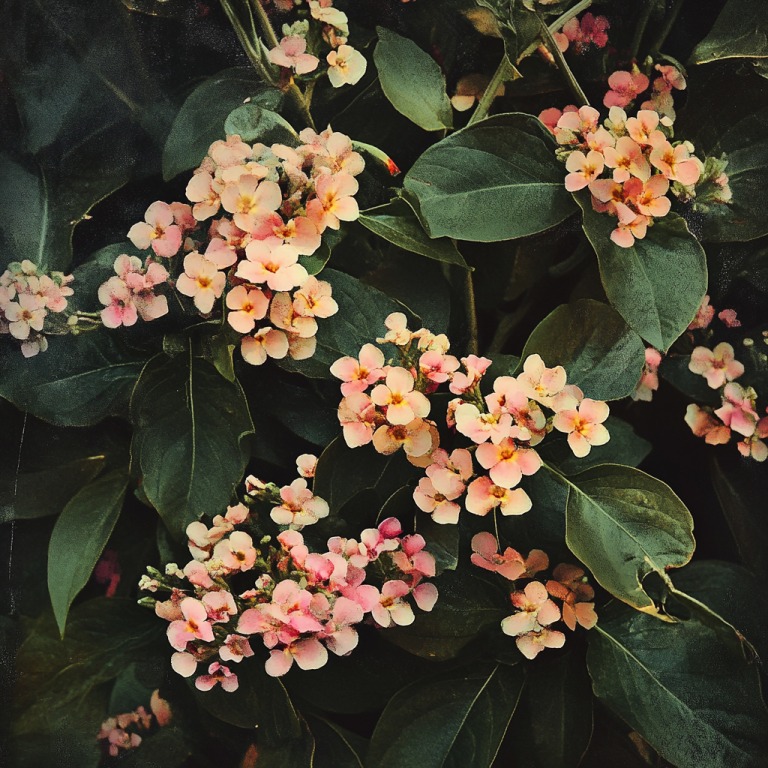
If you’ve wandered through the countryside and spotted those colorful clusters of red, orange, or yellow flowers, you’ve likely met Lantana.
It might look charming, but it spreads like wildfire. I’ve come across it near grazing lands, and livestock tend to avoid it because of the pungent smell.
Once it takes root, it can choke out pastures and reduce fodder options for goats or cattle.
Why Weeds Are Such a Headache
Weeds compete with crops for water, nutrients, and sunlight. They can attract pests and diseases, too, acting like a welcome mat for insects that then target your beans, maize, or vegetables.
I’ve seen smallholder farmers deal with extra labor costs because they have to weed more often, not to mention the added expense of herbicides.
If you’re in a region struggling with dryness, invasive woody species like Prosopis can drain precious water sources and lower the productivity of the entire area.
This can turn a once-promising piece of land into a patch of thorny headache. Another sneaky aspect: some weeds produce seeds that stay viable in the soil for years, waiting to sprout when conditions are just right.
Others, like Nutsedge, store energy in their tubers and bounce back after you think you’ve cleared them out. The more you delay, the more they spread, so it pays to keep a sharp eye early in the season.
Strategies for Control
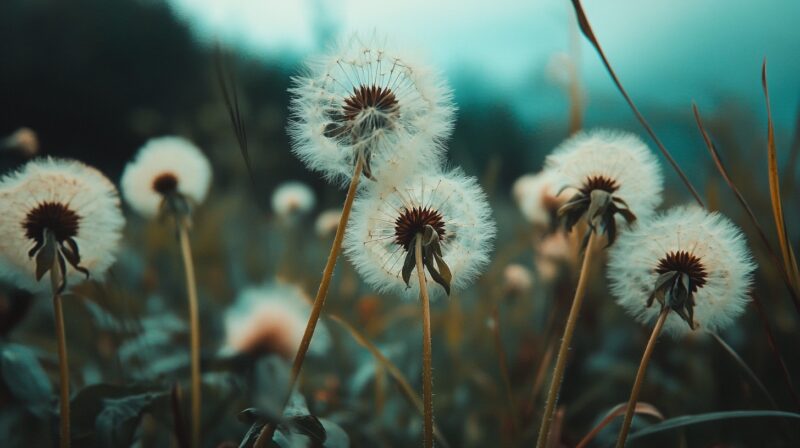
1. Manual Removal
I’m a big believer in blending methods. Manual weeding plus a strategic spray can tackle different growth stages of weeds. Or you might combine crop rotation (which helps switch up the weed pressure) with spot treatments of herbicide. The idea is to avoid throwing all your efforts into just one approach. That way, the weeds don’t get “used to” a single method, and you’ll likely reduce labor and chemical expenses in the long run. Bonus: Read on about the most resilient plants that can be found in African deserts! Uganda’s landscapes aren’t one-size-fits-all. The lush highlands around Kabale offer different challenges compared to the drier belt in the north or east. For instance, if you’re growing beans in the southwest, you might be more concerned with annual weeds like Blackjack popping up early in the season. In semi-arid zones closer to Karamoja, invasive woody weeds might be a bigger headache, especially if they suck up scarce water resources. During my time assisting a small NGO project in Eastern Uganda, I saw how water management shaped weed spread. One year with above-average rainfall meant grasses like Digitaria flourished in maize fields, forcing more intense weeding sessions. A year later, with lower rainfall, Prosopis started encroaching on certain dry patches, leading local farmers to scramble for solutions—some tried cutting and burning, while others looked into more targeted herbicide use. It’s all about reading your environment and figuring out which weeds are likely to show up and when. There isn’t one magic solution that works for every scenario, but having a mental checklist of identification tips and possible control methods makes a huge difference. Weeds might be a pain, but they’re not unbeatable. Early spotting, a mix of manual and chemical approaches (if you can get them), plus a few well-chosen biological tactics can keep your fields in good shape. We all know farming in Uganda isn’t always easy, yet a steady focus on weed management has a massive payoff in crop health and harvest quality. I hope these pointers help you pick out weeds quickly and tackle them with confidence. Keep up the good fight against those stubborn invaders, and here’s to healthier, more productive fields for you and everyone else growing food in Uganda’s diverse landscapes.
2. Chemical Options
3. Biological Control
4. Mechanical Approaches
5. Integrated Weed Management
Extra Pointers for Farmers

Regional Variations and Real-Life Notes
Wrapping Up
Related Posts:

